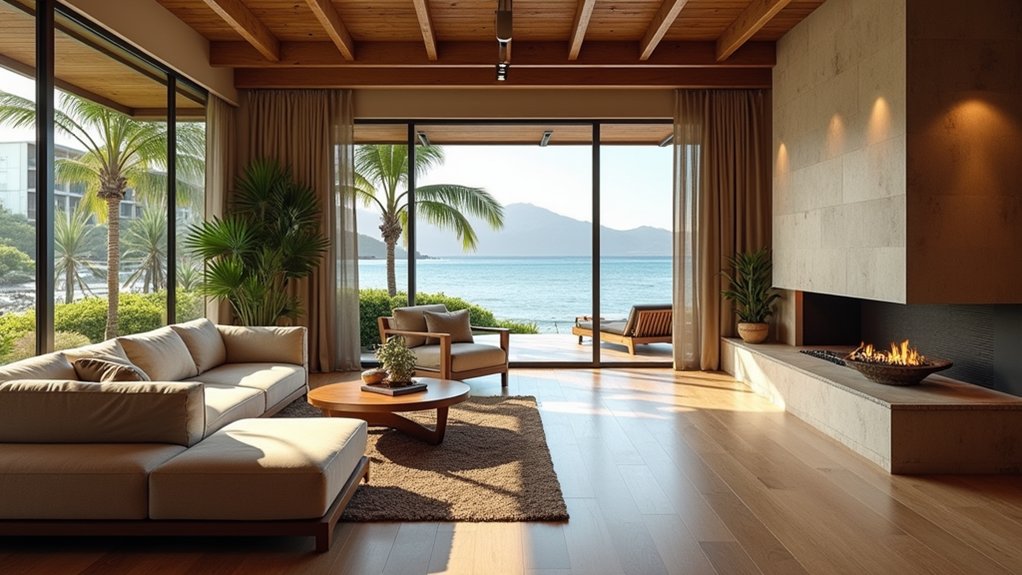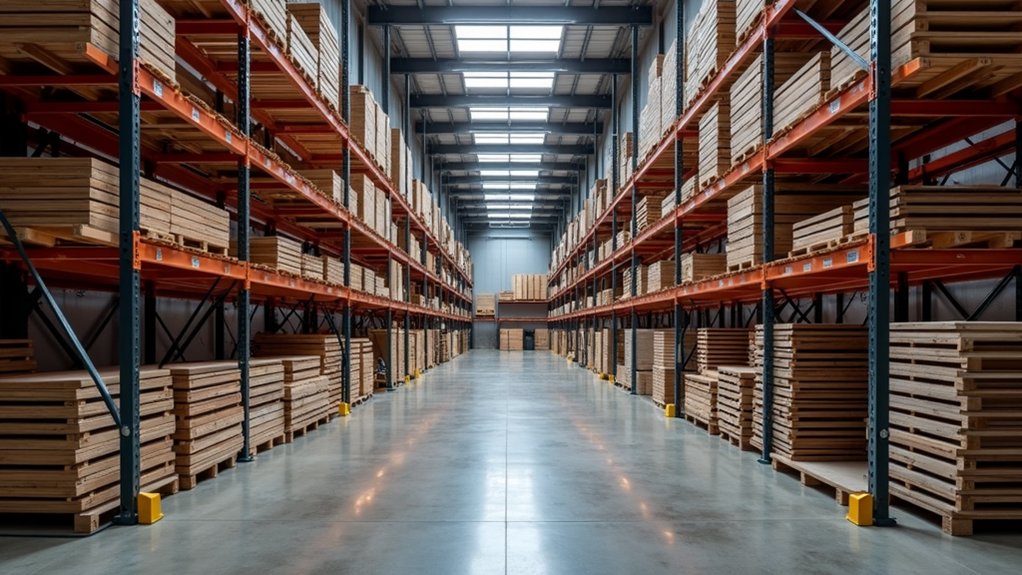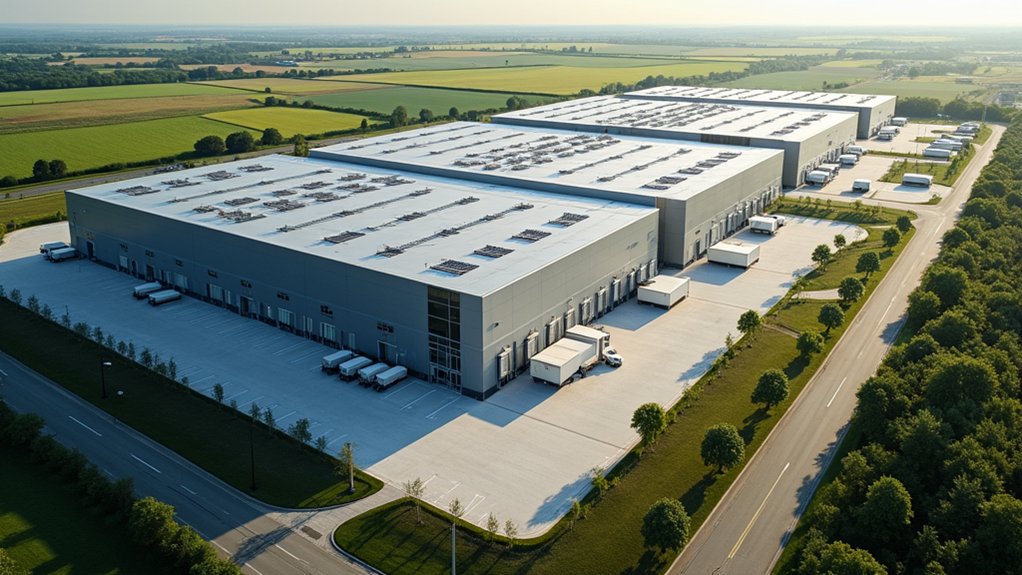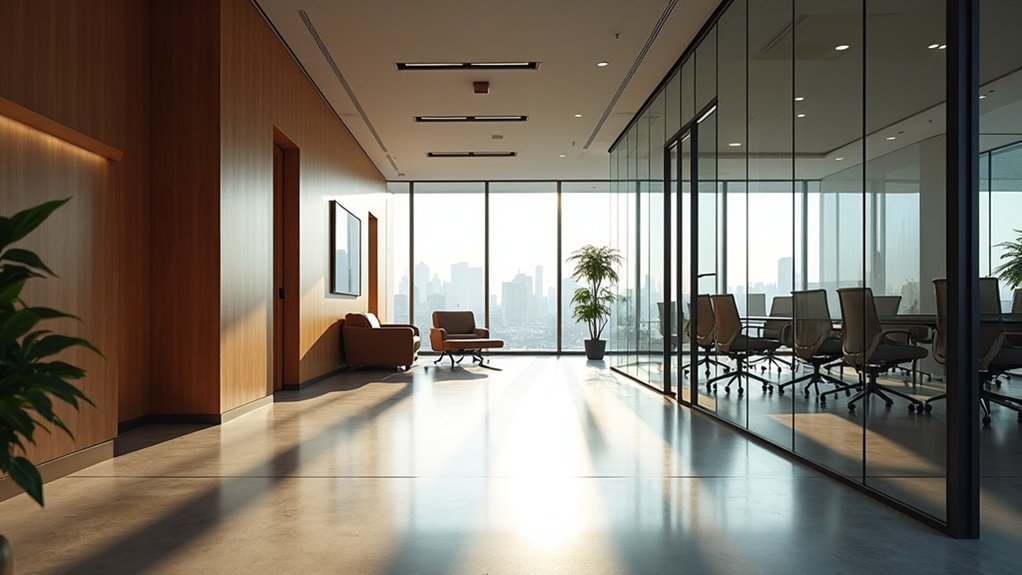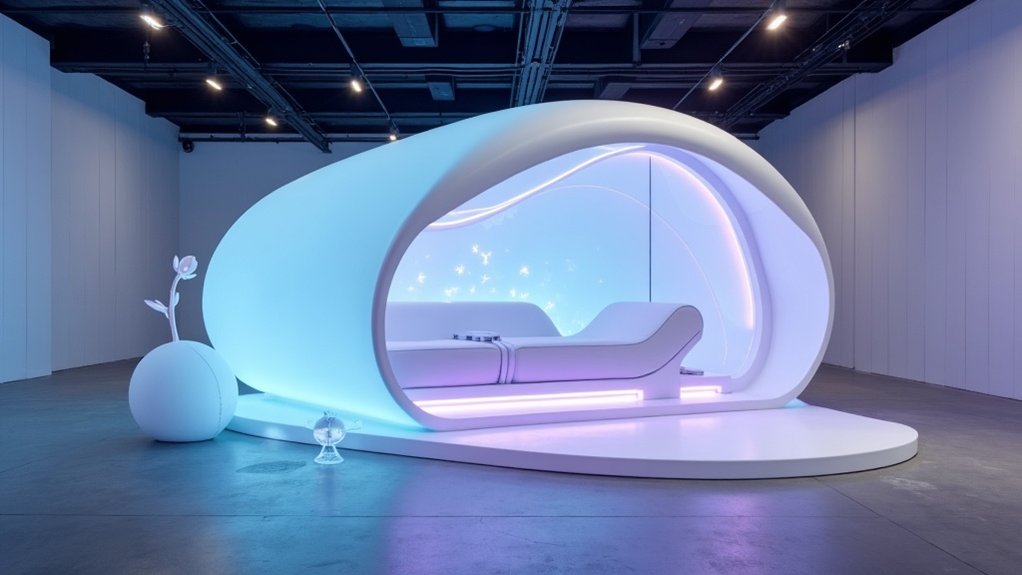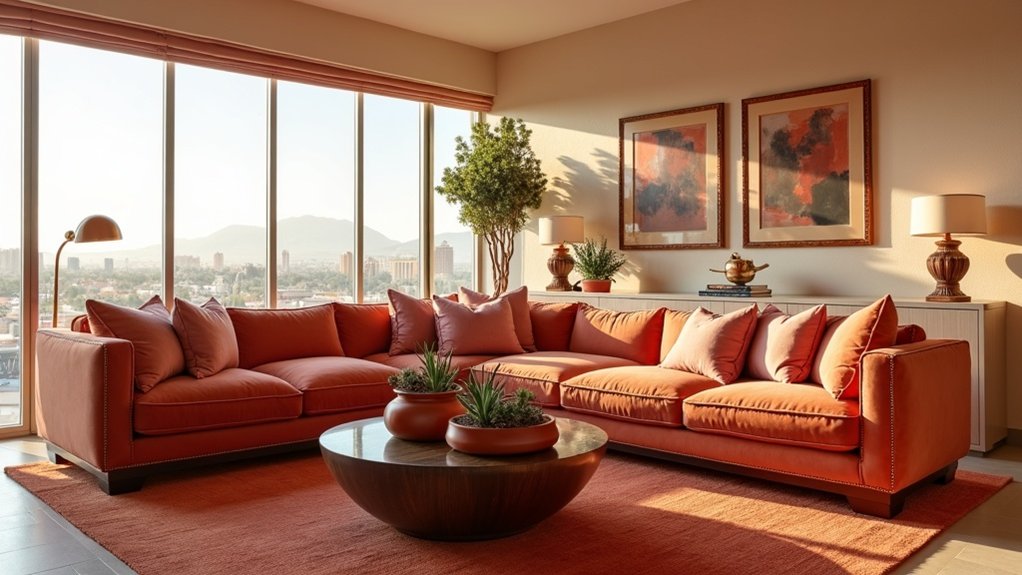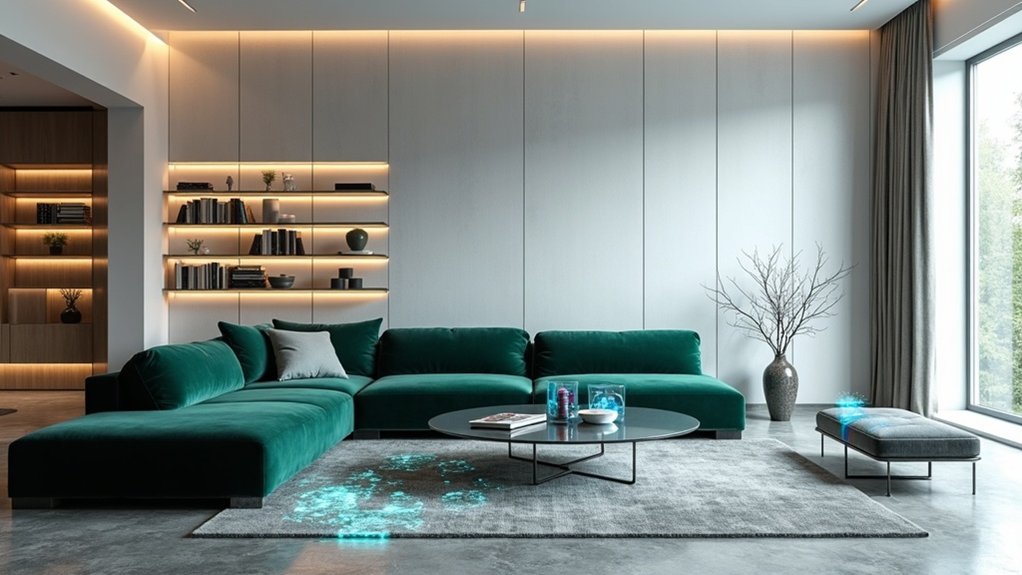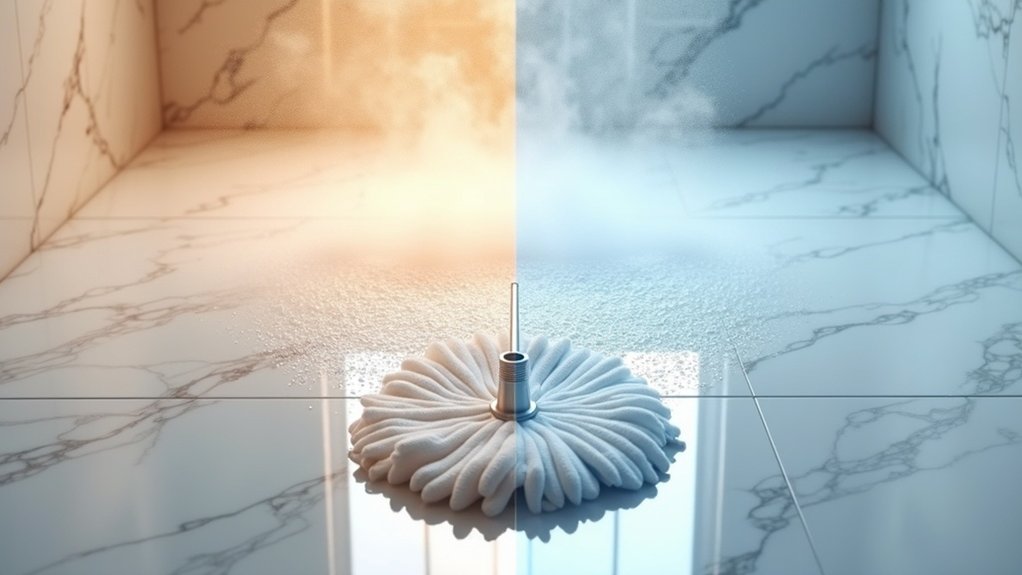How are Hawaii’s interior design stores weathering the storm of unprecedented tariff increases? With new U.S. tariffs ranging from 10% to 25% on goods from China and Southeast Asia taking effect in 2025, local businesses are bracing for significant impacts across their operations, particularly in categories like cabinets, appliances, flooring, and plumbing fixtures.
The data paints a concerning picture for Hawaii’s retail sector, with nearly 70% of businesses reporting “significant” impacts from the tariffs, while another 27% describe “moderate” effects. Major suppliers like HPM Building Supply are actively encouraging contractors and installers to place advance orders, attempting to shield customers from the steepest price increases looming on the horizon. The company’s Oʻahu Design Center marks its first Honolulu location in over a century of operation. Consumer spending habits show that customers are increasingly hesitant to purchase furniture and other investment goods amid economic uncertainty. As the demand for wellness-focused aesthetics rises, local retailers may find it challenging to meet shifting consumer preferences.
Supply chain pressures are intensifying as businesses seek alternatives to Chinese manufacturing. Alternative suppliers in Vietnam and Indonesia are becoming overwhelmed, leading to extended lead times and potential order backlogs. The situation is particularly challenging for Hawaii’s interior design stores, which rely heavily on overseas manufacturing for many crucial products and components.
Growing reliance on Vietnamese and Indonesian suppliers creates new bottlenecks as Hawaii’s interior design sector pivots away from Chinese manufacturing.
Interior design retailers are implementing various strategies to navigate these challenges. Many are building inventory reserves, accelerating procurement timelines, and diversifying their sourcing relationships beyond China. Some are turning their attention to U.S.-manufactured goods, particularly in categories like lumber, windows, and doors, which remain unaffected by the tariffs.
Consumer impact remains a primary concern as retailers prepare to pass increased costs to customers. Industry experts anticipate “jaw-dropping” price increases, potentially dampening demand for remodeling and interior upgrades, particularly among cost-sensitive customers and small-scale projects. Retailers are proactively communicating with clients about impending price hikes and recommending early purchases to lessen cost impacts.
These developments are contributing to broader inflationary pressures in Hawaii’s retail sector, prompting businesses to reevaluate their operational strategies and supplier relationships. As the situation continues to evolve, interior design stores are focusing on maintaining competitive pricing while ensuring reliable product availability for their customers.
